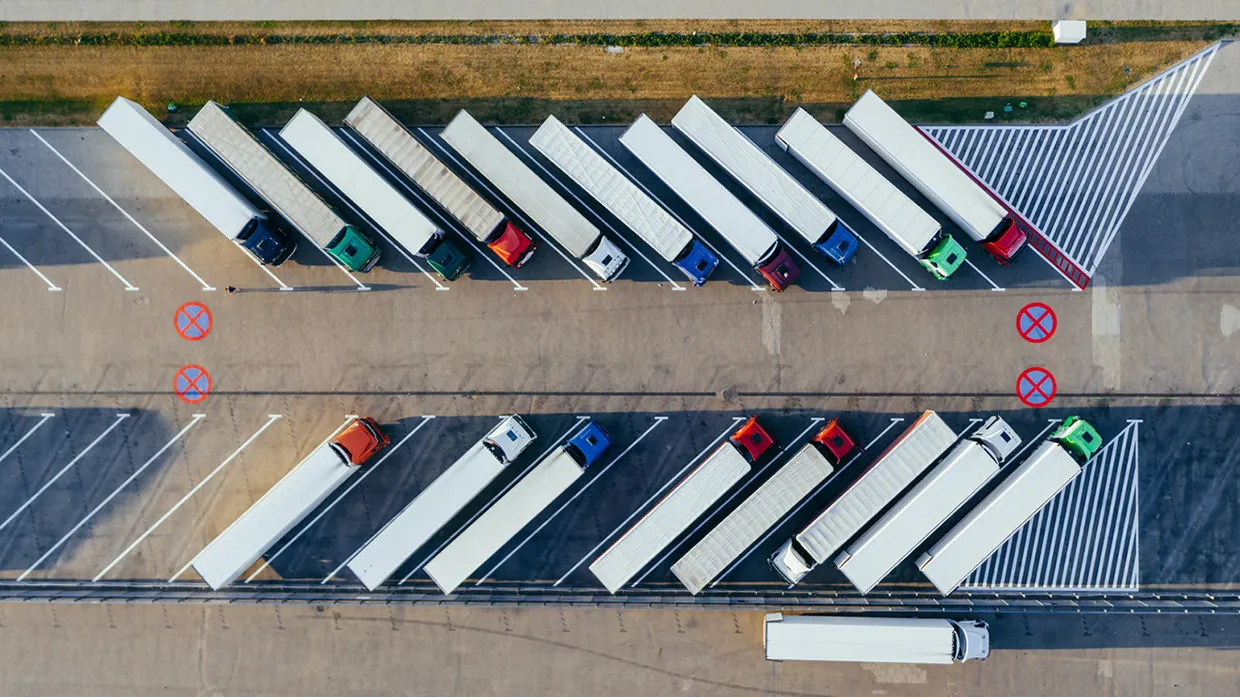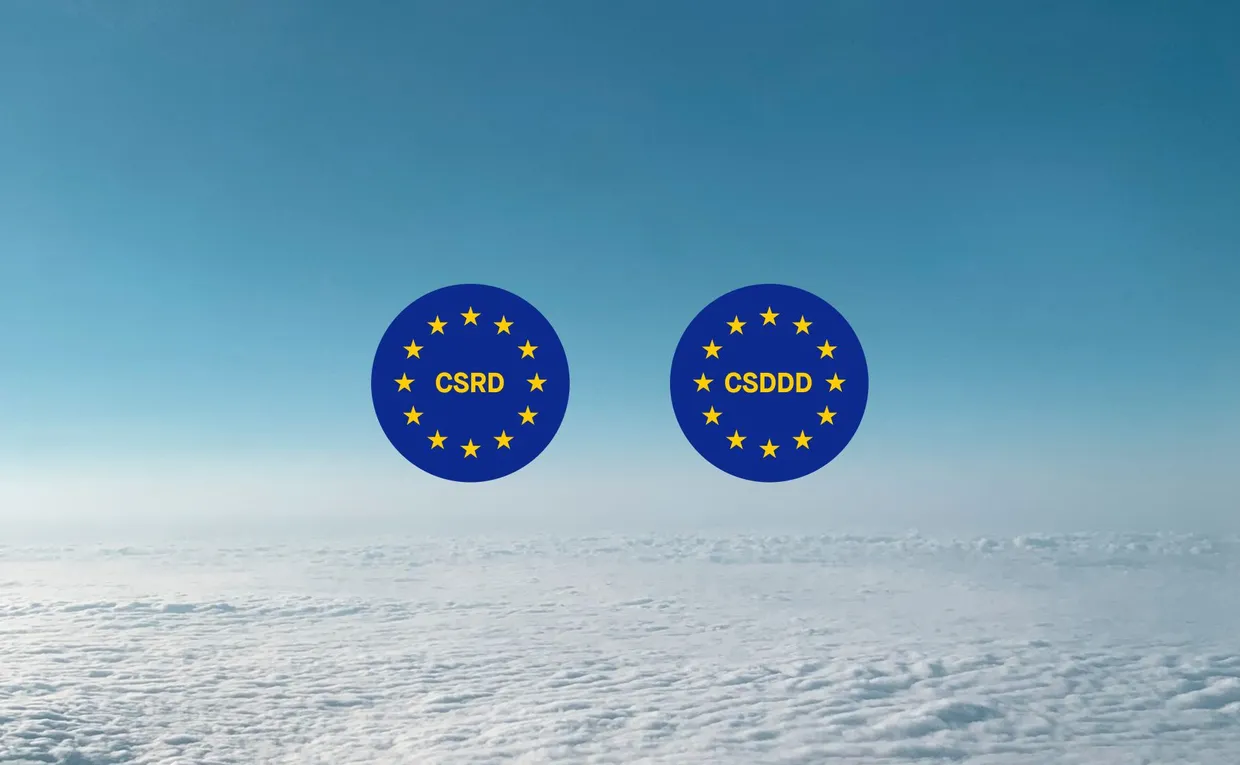Reducing the carbon footprint of your value chain is challenging. And the challenge, and motivation for tackling it, varies across industries, sectors, and individual organizations.
Whether your driver for decarbonization is regulations, reputation, conviction, or business value-creation, what are the key points to consider, when embarking on a Scope 3 emissions reduction journey?
Sweep and our consultancy partner ERM recently brought together sustainability and ESG specialists from two of our clients: pan-European private credit specialist MV Credit, and FTSE 100-listed energy provider SSE, to discuss their Scope 3 challenges, and ways to transform them into business opportunities.
Our panel:
Emilie Huyghues Despointes, ESG Officer at MV Credit
Rhys Williams, Sustainability Manager at SSE
Sebastian Voigt, Associate Partner, Digital Partnerships EMEA, ERM
Jonas Beaugas, In House Project Delivery Lead, Sweep
Here are our top takeaways:
1. Whatever your business, striving for accurate and granular data is key
Whatever the nature of your business – from an energy company to a manufacturer, retailer or provider of financial services – your value chain decarbonization journey will start with the same task: measuring your Scope 3 emissions.
It’s simply a fact that the various organizations you need to interact with to achieve this, will be at different stages of maturity when it comes to decarbonization, with differing levels of resources allocated to emissions measurement and reporting. As such, one thing is certain: they will supply you with data with varying levels of accuracy.
This means it’s likely that you will have to estimate a good portion of your initial Scope 3 emissions – but this is OK. By using reliable emissions factors, you will be able to come up with a meaningful first estimate. In time, switching to reported emissions will become possible, and you will be able to garner a more accurate and more actionable picture of your value chain emissions data.
By collating your data in an auditable format, you will quickly be able to pinpoint emissions hotspots and use this insight to focus your efforts on them. Later on, you can come back to update and refine other aspects of your data if and when better quality information becomes available.
2. Foster effective collaboration with internal and external stakeholders for best results
Bearing in mind the issues of maturity mentioned above, you will need to be prepared to engage with your value chain, to explain what you are requesting from them, why, and what’s in it for them.
The “what” can be simplified by sharing surveys or questionnaires which are optimized for the task. You may be one of the frontrunners in your industry in collecting and acting upon your Scope 3 emissions data – so use this to your advantage, and create workflows that work for you, and can be used across your industry. The more of you who use the same methodologies, the better, as the task will become more familiar more quickly for your suppliers.
It’s also important to give your suppliers an understanding of why you are undergoing this exercise. Many will already be aware of the regulatory pressures and market incentives, and you can strengthen these relationships by taking the time to engage on the topic in a meaningful way.
3. It’s a data problem, so leverage digital solutions
You’re going to be dealing with large quantities of data, and the aim is to minimize the time you spend on the tasks of collecting and collating, and maximize the time you spend on analyzing and acting on the data.
One refrain we hear over and over, is that Excel spreadsheets are not up to this task. The right software allows you to collate all of your carbon (and other ESG) data in one place, permits audits, re-baselines, and provides a clear overview of who is accountable for each piece of the puzzle.
Once you have gained the skills and the tools to master the challenge, you will help to create value for your company.
From reducing costs and risks, to increasing access to investment, achieving better communication with your consumers to correctly complying with disclosure requirements, the business opportunities are many and varied.



